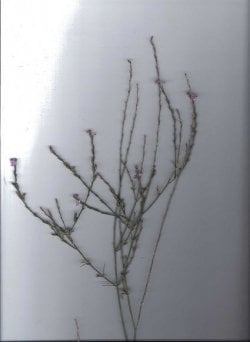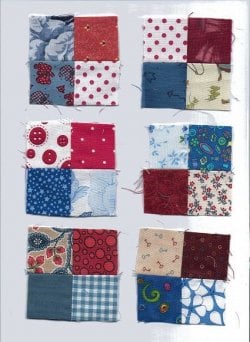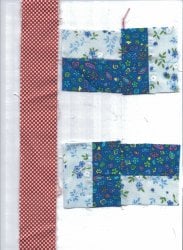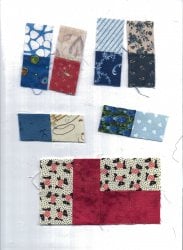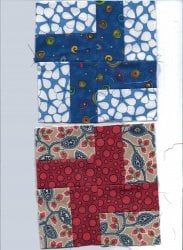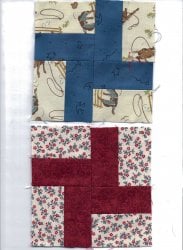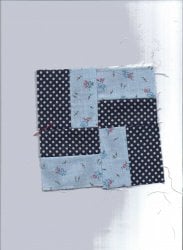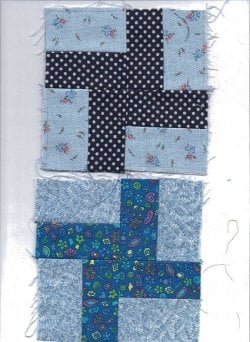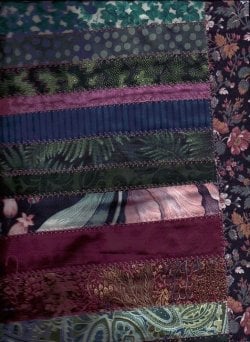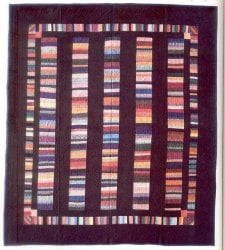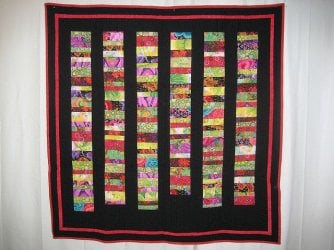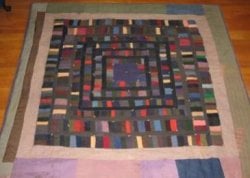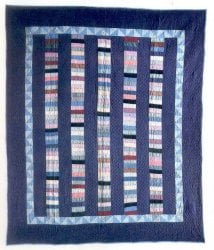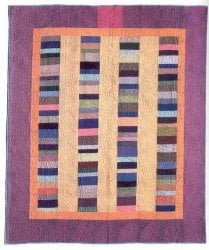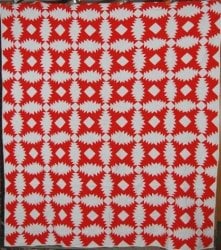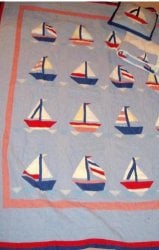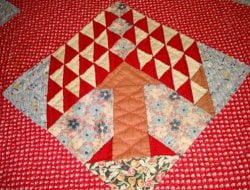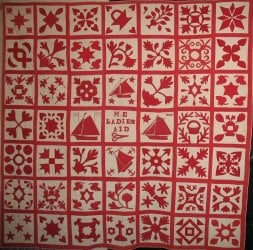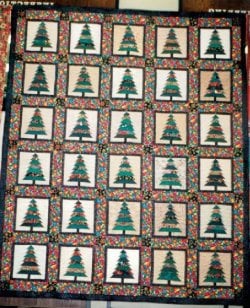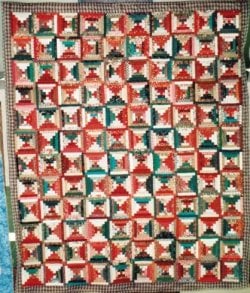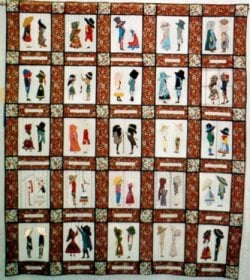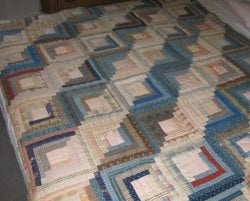freedombecki
Let's go swimmin'!
- Thread starter
- #181
Sewed some more and put the little squares on top of the others. The four-patches only measure 3" in the unfinished state. I cut a lot of sewn strips sidewise today. Well, back to it.  Oh, and I found a little purple flower out in the field today. You have to get away from the sewing machine sometimes and just go out and take a little walk to keep your back straight.
Oh, and I found a little purple flower out in the field today. You have to get away from the sewing machine sometimes and just go out and take a little walk to keep your back straight.  Have a lovely day, all. I might just go back and work on a couple of outer borders on quilts I've discussed above. Then, I'll just take them down and donate them to children's needs in the community nearby.
Have a lovely day, all. I might just go back and work on a couple of outer borders on quilts I've discussed above. Then, I'll just take them down and donate them to children's needs in the community nearby.
